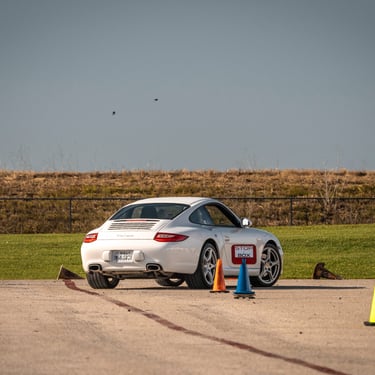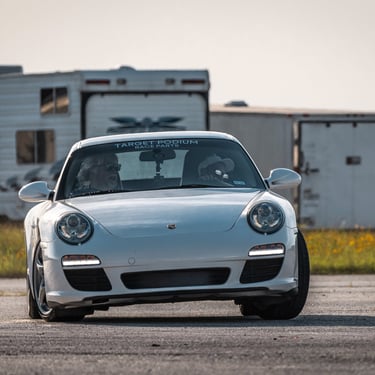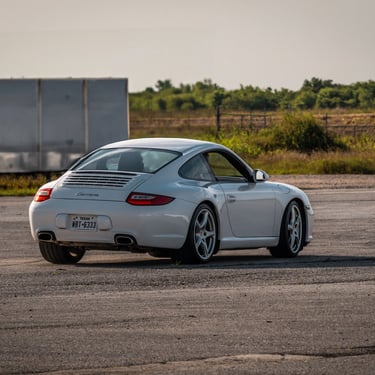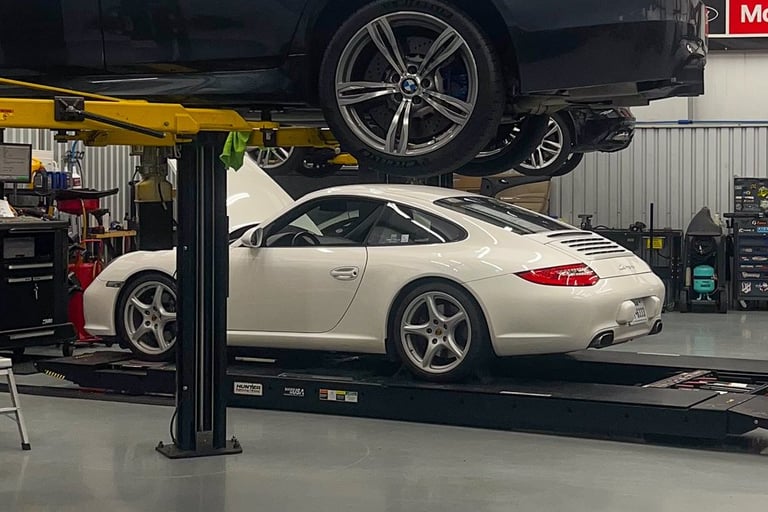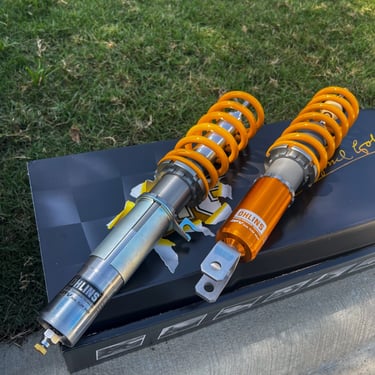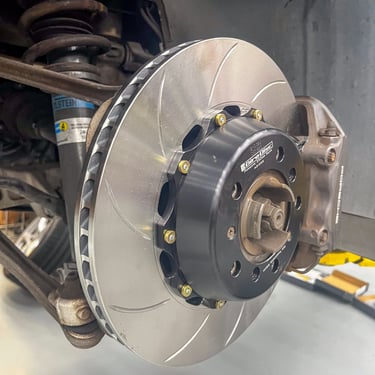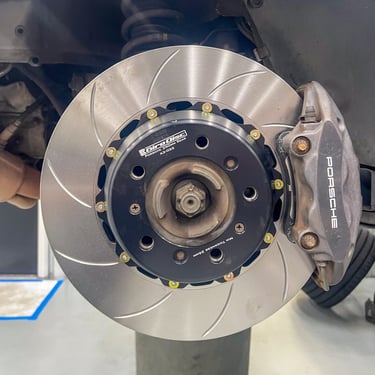Enhancing Performance: Upgrading the Carrera Street Cup for Optimal Track Experience
GUIDES
Initial Impressions: Testing the Carrera Street Cup
Our first encounter with the Carrera Street Cup was marked by a blend of excitement and critical evaluation, as we prepared to gauge its performance on the track. While the aesthetics of the vehicle closely align with Porsche's iconic design philosophy, we quickly noted some areas that detracted from what one typically expects from a Porsche experience. The first point of concern was the handling; despite the vehicle's capabilities on paper, it lacked the sharpness and precision usually associated with Porsche sports cars.
The soft suspension setup contributed significantly to this perceived lack of typical Porsche handling. On various track corners, the Carrera Street Cup demonstrated a noticeable tendency to roll more than anticipated, distancing itself from the planted and responsive feel characteristic of the brand. This softer suspension, while possibly aimed at enhancing ride comfort for everyday driving, resulted in an unsatisfactory performance on the track, leading to an overall feeling of disconnect between driver and machine.
In terms of steering, our experience was similarly troubling. The steering response was vague, often making it challenging to communicate with the car effectively. This lack of feedback left us questioning the vehicle's grip levels during high-speed maneuvers. When navigating sharp corners or executing quick direction changes, the steering felt muted, which detracted from the overall thrill of driving.
Braking performance is another critical aspect where we observed shortcomings. The Carrera Street Cup's brakes faded remarkably quickly under track conditions, leading to a concerning reduction in stopping power. The initial bite was insufficient, causing hesitation when approaching corners at speed. This performance issue significantly detracted from our confidence as we pushed the vehicle to its limits, impacting our overall track experience and enjoyment.
Upgrades and Modifications: Our Solution to Performance Challenges
In our pursuit to enhance the performance of the Carrera Street Cup, we meticulously analyzed the vehicle's behavior on the track and identified several areas that required improvement. To address these challenges, we implemented a series of significant upgrades and modifications that aim to elevate both handling and braking efficiency. Our first major enhancement involved the installation of Girodisc brake disks on all four corners of the vehicle. These high-performance brake disks provide superior cooling properties and improved performance, which are essential for sustained high-speed track driving.
In conjunction with the Girodisc brake disks, we upgraded the brake pads to a high-friction variant that not only optimizes the braking force but also enhances pedal feel, thereby allowing for improved driver confidence during intense braking scenarios. To further augment braking performance, we switched to Motul DOT4 fluid. This fluid possesses a higher boiling point compared to standard brake fluids, reducing the risk of brake fade during prolonged use on the track.
Beyond braking, we also turned our attention to enhancing the car's suspension system, a critical factor influencing handling dynamics. We replaced the front tie rods with stronger, more responsive components that ensure accurate steering input and further contribute to improved cornering stability. To complement this, we installed Ohlins Road & Tracks coilovers, providing adjustable damping and ride height features. This suspension modification allows for a tailored setup according to track conditions, enhancing grip and control, while also achieving a balanced chassis response.
These modifications collectively represent a comprehensive approach to overcoming the performance challenges identified during testing. Each upgrade was carefully selected to work in synergy, enabling the Carrera Street Cup to achieve optimal track performance.
Looking Ahead: Future Modifications for the Carrera Street Cup
As we continue to explore the possibilities of enhancing the Carrera Street Cup's performance, several modifications are on our radar. These upcoming upgrades are focused on fine-tuning the vehicle to ensure that it excels on the track. A critical component of this upgrade involves the careful selection of the right wheels and tires. The influence of these elements extends beyond aesthetics; they play a vital role in grip, handling, and the overall driving experience.
The first step in our modification journey will be to assess the current wheel specifications and consider options that maximize performance efficiency. Lightweight wheels can substantially reduce unsprung weight, which translates to improved acceleration and cornering capabilities. Additionally, opting for wider wheels may enhance the contact patch with the road, allowing for better grip during high-speed maneuvers. These choices are essential in tailoring the Carrera Street Cup to meet the demands of track driving.
Equally important is the selection of tires, which can impact the vehicle's performance significantly. We aim to explore high-performance tire options that provide optimal traction while minimizing wear and heat buildup. The right tires will not only manipulate grip during cornering but will also affect braking distances and overall stability. Testing various tire compounds will enable us to determine which combinations yield the best results for the intricate dynamics of the Carrera Street Cup.
As we prepare for our next track day, we encourage our readers to stay tuned for updates on our modification process. Following our journey will offer insight into how these enhancements contribute to the performance and track experience of the Carrera Street Cup. Together, let us delve into the world of automotive upgrades and witness the transformation of this remarkable vehicle.
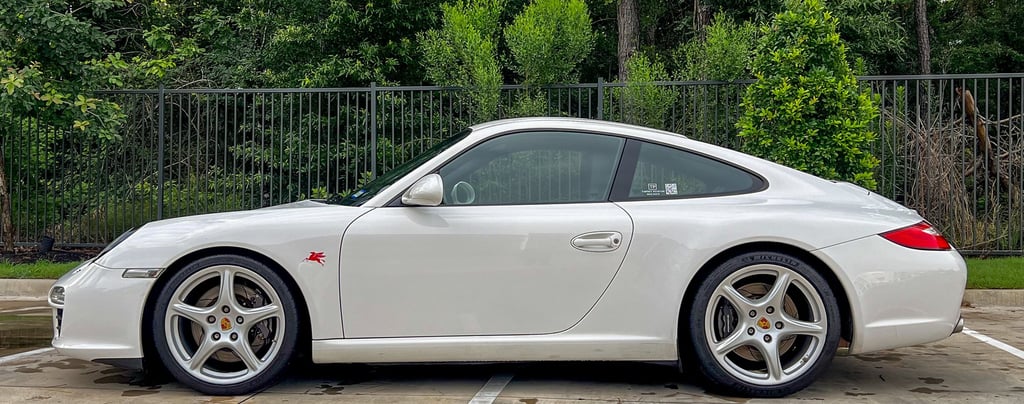

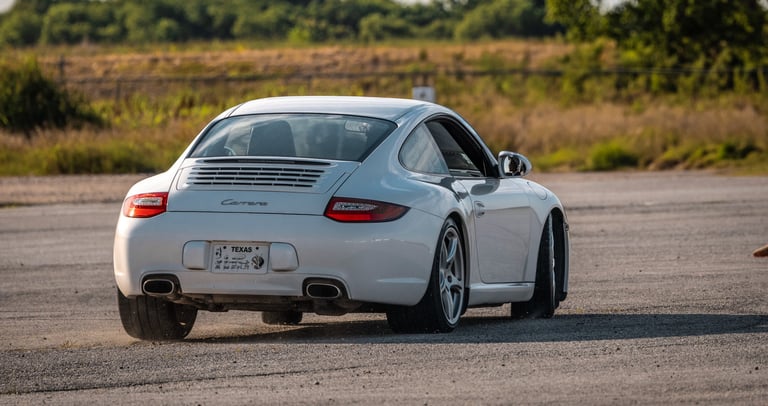

Identifying Performance Issues: A Closer Look
During our recent test drive of the Carrera Street Cup, several performance issues became evident, hampering the vehicle's overall capabilities on the track. The most notable concern was the soft suspension setup, which significantly impacted handling and grip. While designed for comfort on regular roads, this characteristic proves detrimental during spirited driving on the track. When cornering sharply, the exaggerated body roll manifested as a lack of responsiveness, resulting in diminished confidence for the driver. As the suspension struggles to maintain optimal contact with the tarmac, traction is compromised, leading to an unpredictable driving experience.
In addition to suspension challenges, the steering response exhibited a level of vagueness that further complicated track dynamics. The delayed feedback from the steering wheel created uncertainty, making it difficult for the driver to gauge the vehicle's position relative to the track. A precise connection is crucial for high-performance driving, as it allows for better control during aggressive maneuvers. When the steering lacks sharpness, even minor adjustments become unsettling, affecting lap times and overall enjoyment of the track experience.
Braking issues also surfaced during our evaluation. The vehicle's brakes demonstrated a propensity for fading, particularly during repeated high-speed deceleration. This phenomenon occurs when the brake system overheats, leading to a significant reduction in braking efficiency. The associated risks of fading brakes are alarming, as they can severely compromise both safety and performance. A driver unable to achieve consistent stopping power at critical moments is exposed to potential dangers, especially when navigating sharp corners or engaging in competitive scenarios. Addressing these braking shortcomings is vital for improving the Carrera Street Cup's performance on the track.
